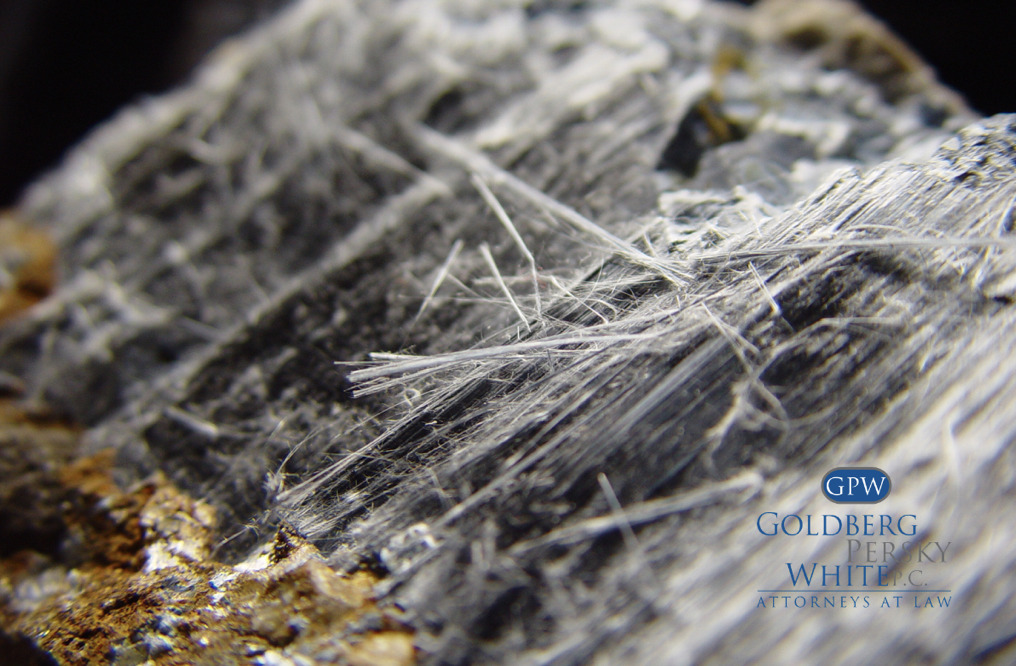Could Your Home Contain Harmful Asbestos?
Asbestos is a fibrous mineral that naturally forms in rock and soil. Asbestos has been used in various building construction materials for insulation and as a fire retardant because of its fiber strength and heat resistance. In 1989, the EPA banned most asbestos-containing products. However, older homes may still contain hazardous asbestos.
Why is Asbestos Considered Dangerous?
An individual’s health is at risk when their home contains hazardous asbestos. Asbestos is considered indestructible and harmful to humans. When disturbed, asbestos breaks down into tiny fibers up to 1,200 times thinner than a human hair. These tiny fibers quickly become airborne, inhaled deep into the lungs, and become embedded in the lung tissue. Once embedded, these fibers can cause asbestosis, mesothelioma, and lung cancer.
There is no asbestos exposure level known to be safe. Medical research shows that these fibers can cause severe lung diseases and cancer 10 to 30 years after the initial asbestos exposure.
Home Building Products that Might Have Contained Asbestos
Common products that may have contained asbestos in the past and conditions that may release fibers, include the following:
- Boilers, steam pipes and furnace ducts insulated with an asbestos coated blanket or tape. These materials could release asbestos fibers if repaired, damaged, or improperly removed.
Where to Look for Asbestos in Your Home
- Some shingles for roofing and siding are made of cement containing asbestos.
- Houses built before 1950 may contain asbestos insulation.
- Asbestos may be present in textured paint or patching compounds used on ceiling joints and walls.
- Artificial ashes and logs sold to use in gas-fired fireplaces could contain asbestos.
- Stovetop pads might contain asbestos materials.
- Walls and floors around wood-burning stoves might be protected by asbestos millboard, paper, or cement.
- Asbestos can be found in some vinyl floor tiles or the backing on vinyl sheet flooring and adhesive.
- Steam and hot water pipes in older homes may be coated with asbestos material, or covered with an asbestos blanket, or asbestos tape.
- Coal and oil furnaces and door gaskets may have asbestos insulation
How Do I Know if What I Found in My Home is Asbestos?
Some types of insulation may look like asbestos, but they are mineral or fiberglass-based insulation that is unlikely to be a health risk. You can’t tell by looking whether a material contains asbestos.
Check for asbestos labels on the material or its packaging or hire a certified asbestos inspection company to sample the material or perform an asbestos inspection.
What To Do If You Find Asbestos
Do not disturb it
Asbestos only becomes a problem when asbestos fibers are released into the atmosphere. If the asbestos material is enclosed or encapsulated, it won’t release asbestos fibers if it is not disturbed. This option many be the safest and least costly option.
Consider Repairing
Sometimes, asbestos materials may be able to be repaired. If the asbestos material has little damage, it may be able to be repaired with a special coating called an “encapsulant.” Your hardware store may carry materials to encapsulant the asbestos
Remove the Asbestos
Removing the asbestos containing material might be the best option if the Asbestos material is badly damaged or if it will be disturbed by home renovation activities.
Homeowners can legally remove asbestos materials themselves from the single-family home they own and occupy. However, using a professionally licensed asbestos contractor is strongly recommended.
Licensed contractors use safe handling techniques that are not known by or affordable for homeowners. They also perform air quality monitoring to be sure the air in your home meets acceptable standards at project completion.
If you or a loved one receives an asbestos-related medical condition diagnosis, contact a lawyer experienced in asbestos-related injury lawsuits to determine your eligibility for compensation.




